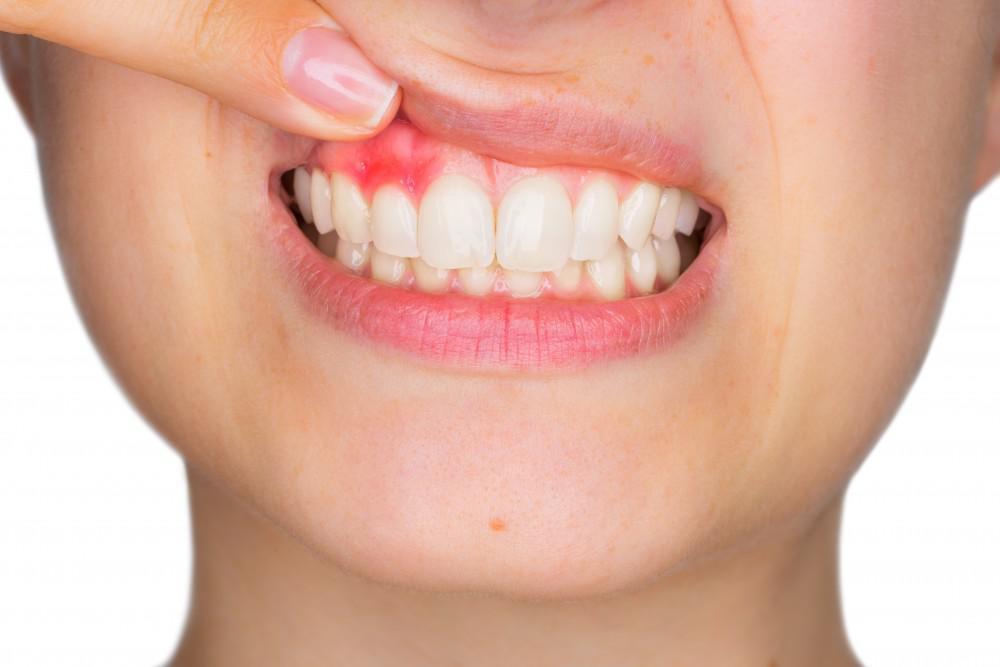Gum surgeries, also known as periodontal surgeries, are dental procedures that aim to treat various conditions affecting the gums and supporting structures of the teeth. These surgeries are often performed by periodontists, who are dental specialists with advanced training in the prevention, diagnosis, and treatment of periodontal disease. Here are some common types of gum surgeries:
GUM SURGERIES

Gingival Flap Surgery/Pocket Reduction Surgery:
Objective: This surgery is performed to treat advanced periodontal disease by reducing the depth of periodontal pockets.
Procedure: The periodontist lifts the gum tissue away from the teeth, removes tartar, and may perform other necessary procedures such as smoothing irregular surfaces of damaged bone. The gum tissue is then repositioned to reduce pocket depth.
Gingivectomy:
Objective: Gingivectomy is the removal of excess gum tissue to treat conditions such as overgrown or hypertrophic gums.
Procedure: The periodontist removes the unwanted gum tissue using a scalpel or laser, reshaping the gums to achieve a more balanced appearance.
Soft Tissue Grafts (Gum Grafting):
Objective: Gum grafting is performed to treat gum recession and improve the appearance of the gums.
Procedure: The periodontist takes a graft from another part of the mouth (often the palate) or uses a donor graft material to cover exposed tooth roots. This helps prevent further recession and can improve the aesthetics of the smile.
Bone Grafting:
Objective: Bone grafts are used to regenerate or augment bone in the jaw, often in preparation for dental implant placement or to address bone loss due to periodontal disease.
Procedure: The periodontist adds bone graft material to the affected area, promoting the regeneration of bone. Over time, the graft material integrates with the patient's natural bone.
Crown Lengthening:
Objective: Crown lengthening is performed to expose more of the tooth's surface, often in cases where a tooth needs a crown or restoration, and there isn't enough tooth structure visible above the gum line.
Procedure: The periodontist removes excess gum tissue or bone to expose more of the tooth, allowing for proper restoration placement.
Frenectomy:
Objective: Frenectomy is the removal or modification of the frenulum, the small fold of tissue that connects the lips, tongue, or cheeks to the jaw.
Procedure: The periodontist may use a scalpel or laser to remove or modify the frenulum. This can be done to address issues such as tongue-tie or lip-tie, which may affect speech or oral hygiene.
Implant-Related Surgeries:
Sinus Lift: In cases where the sinus cavity is too close to the upper jawbone, a sinus lift may be performed to create space for dental implants.
Ridge Augmentation: This procedure is done to correct deformities in the jawbone and prepare it for implant placement.
Crown Placement:
Objective: Placing a crown is a restorative procedure, but it involves reshaping the surrounding gum tissue for a proper fit.
Procedure: The periodontist may perform minor gum contouring to ensure the crown fits securely and looks natural.
Before undergoing any gum surgery, a thorough examination and consultation with a periodontist are necessary to determine the most appropriate treatment for the specific condition. Proper postoperative care and adherence to oral hygiene practices are crucial for successful outcomes and optimal healing.
